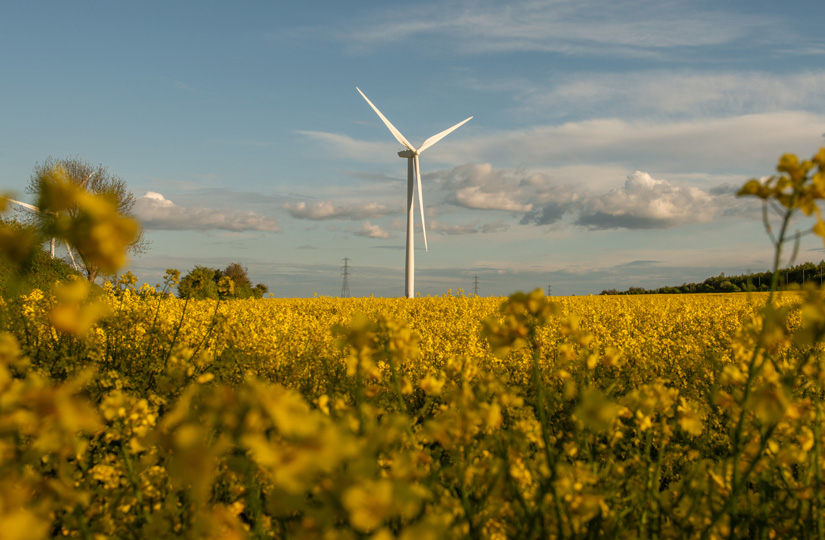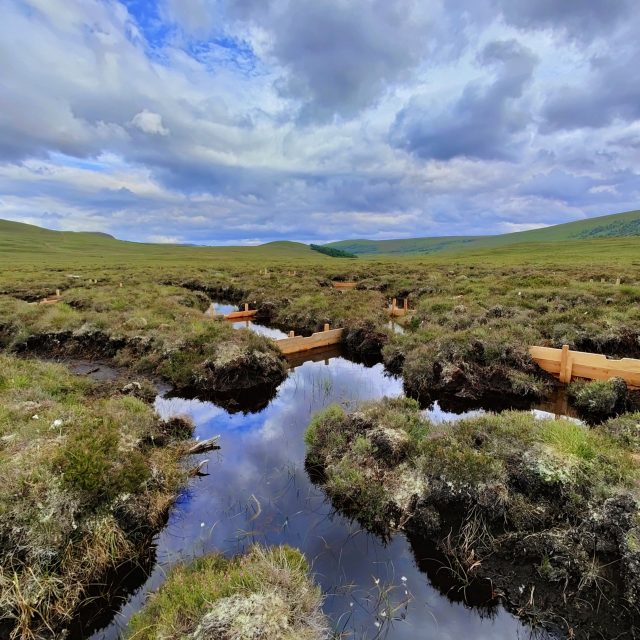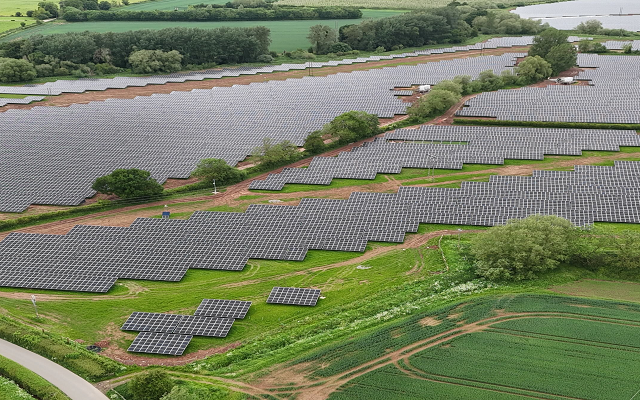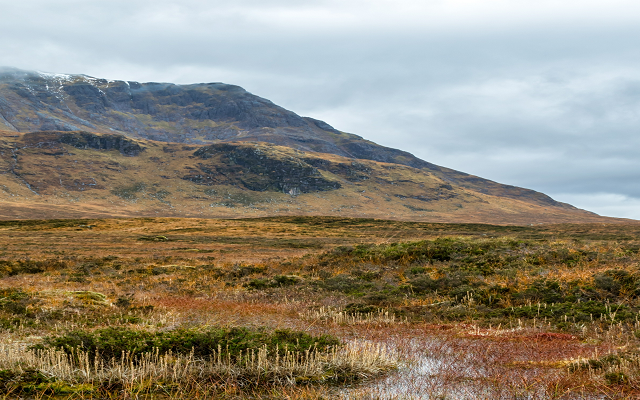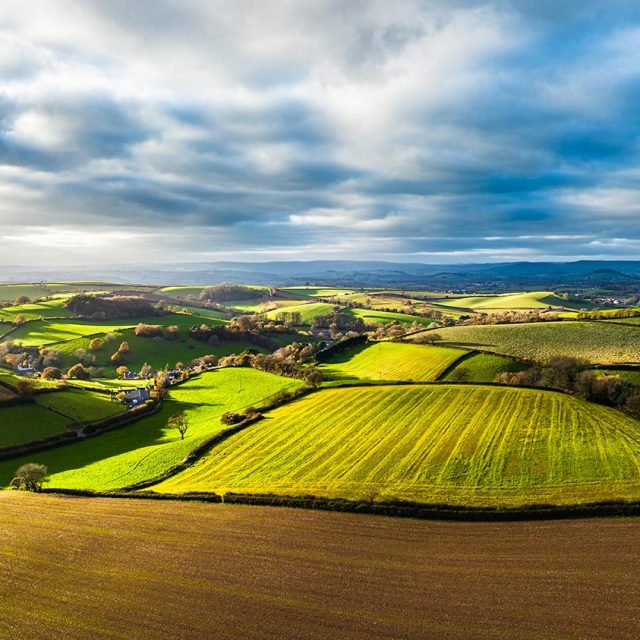A guide to carbon markets for farmers and landowners
Carbon trading has become a major talking point for UK farmers and landowners, as interest grows in the potential to create new income streams by selling carbon credits.
This short guide, produced by Strutt & Parker’s rural research team, aims to cut through some of the jargon that surrounds carbon markets, to help landowners understand both the opportunities and the potential pitfalls associated with trying to monetise natural capital assets.
It is a rapidly evolving marketplace with payments for a range of carbon credits being offered by both government and a growing array of private companies.
The guide examines the types of carbon credits that can currently be sold and the types of buyers they can be sold to.
It also considers what this means in practice for landowners and gives some pointers on what to consider before selling carbon.
A central message is that landowners may need to be cautious about selling carbon credits until they understand how much carbon their land can sequester and how much carbon they are emitting as a business.
This will allow businesses to assess whether there is any surplus that can be sold to third parties without affecting their own position, bearing in mind that it may become a requirement for land-based businesses to become carbon neutral themselves in the future.
If you have further questions about carbon trading, please contact Jason Beedell or Marie Charles in our Rural Research team.
